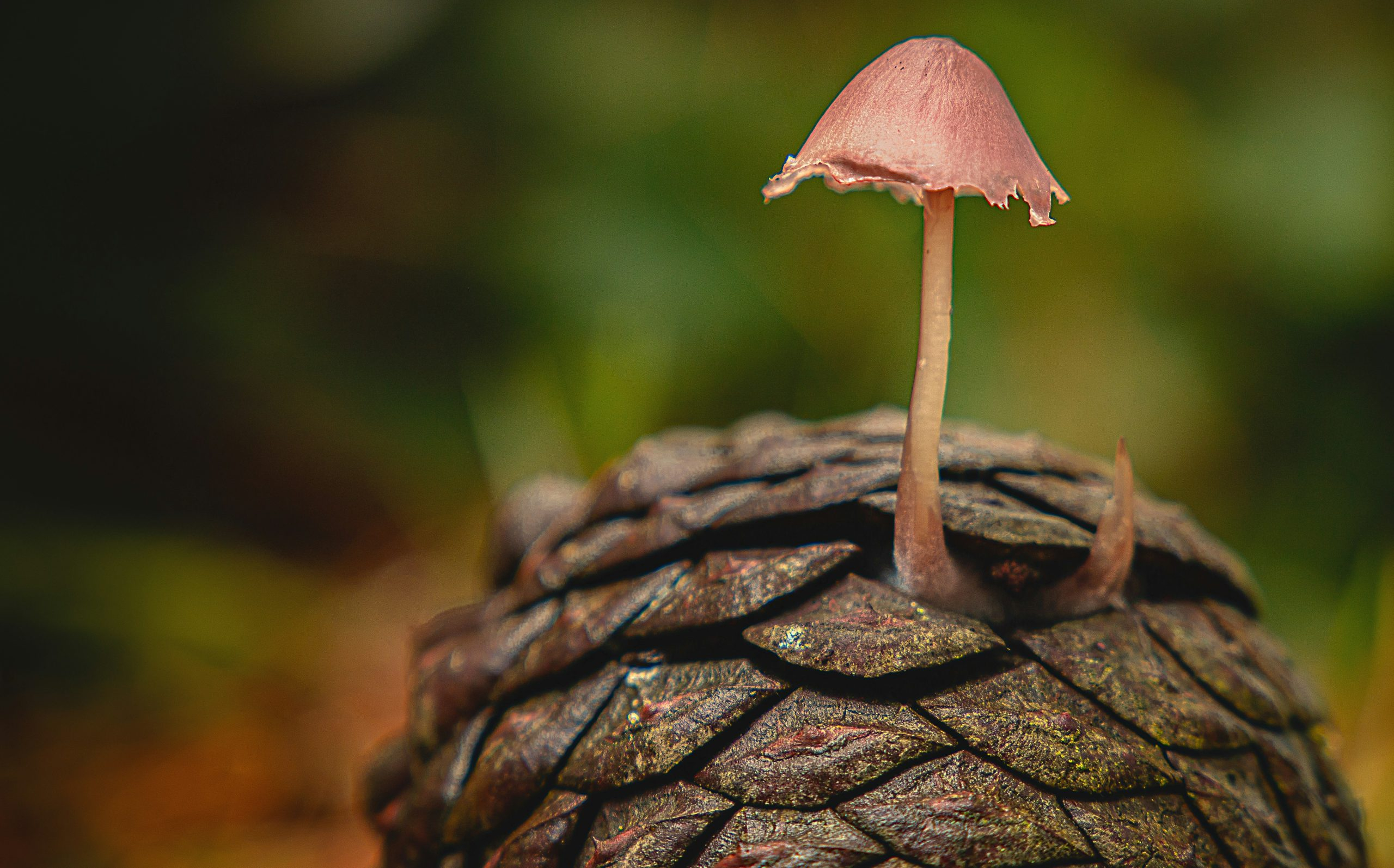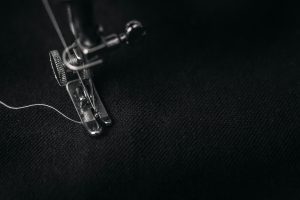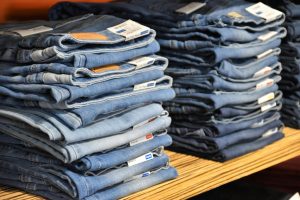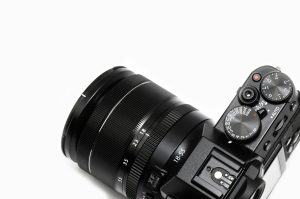Mushroom Leather: The Future of Sustainable Accessories
Mushroom leather has been gaining popularity in the fashion industry as an innovative and sustainable alternative to traditional animal leather. Made from the fibrous roots of mushrooms, this eco-friendly material offers a cruelty-free, biodegradable, and highly versatile option for fashion accessories. With the growing concern for the environment and ethical production, mushroom leather has emerged as a standout contender in the quest for sustainable fashion. In this article, we will explore the potential of mushroom leather and its promising role in shaping the future of sustainable accessories.
The Rise of Sustainable Fashion
In recent years, there has been a noteworthy shift in consumer preferences towards sustainable fashion. The fashion industry is notorious for its negative impact on the environment, with the conventional production processes leading to significant carbon emissions, pollution of water bodies, and excessive waste generation. The use of animal-derived materials, like leather, has also been a source of concern due to ethical and animal welfare issues. As a result, the demand for sustainable fashion has been on the rise, prompting the development of innovative materials like mushroom leather.
The Potential of Mushroom Leather
A Revolutionary Material
Mushroom leather, also known as mycelium leather, is a vegan leather alternative made from the root structure of mushrooms. The process begins by growing mycelium cells in a controlled environment using agricultural waste, such as corn stalks or sawdust, as a food source. The mycelium cells intertwine to form a dense, fibrous web that can be harvested, tanned, and molded into different shapes and sizes. This process is entirely natural and does not involve any harmful chemicals, making mushroom leather a sustainable and environmentally friendly option.
The result is a material that closely mimics the look and feel of animal leather, with a soft and luxurious texture. It is also highly versatile, with the ability to be dyed, embossed, and stitched, making it suitable for a wide range of fashion accessories, from handbags and shoes to belts and wallets.
A Sustainable Solution
Mushroom leather is not only environmentally friendly but also offers a solution to the growing problem of waste management. The production process for traditional leather involves the use of toxic chemicals, which can be harmful to both the environment and human health. In contrast, mushroom leather is biodegradable and compostable, meaning it can be safely returned to the earth at the end of its useful life. This not only reduces the environmental impact but also eliminates the problem of waste disposal.
Moreover, mushroom leather requires significantly less land, water, and energy to produce compared to animal leather. With the rising demand for leather and the limited resources needed to produce it, mushroom leather presents a more sustainable alternative that can help reduce the environmental strain caused by the fashion industry.
The Future of Sustainable Accessories
Mushroom leather has already gained recognition and traction in the fashion industry, with many luxury and high street brands incorporating it into their collections. Stella McCartney, a pioneer of sustainable fashion, has been using mushroom leather for her accessories since 2017. Other well-known brands like Adidas and Hermes have also joined the mushroom leather trend, using it in their products.
As the demand for sustainable fashion continues to grow, there is no doubt that mushroom leather will play an essential role in shaping the future of accessories. Its versatility, sustainability, and minimal environmental impact make it an attractive choice for both consumers and fashion brands. With continuous research and advancements in technology, mushroom leather is expected to become more readily available and affordable, making it a mainstream option in the near future.
In Conclusion
Mushroom leather is not just a trend but a solution to the pressing issues of sustainability and animal welfare in the fashion industry. Its revolutionary production process, eco-friendliness, and versatility make it a promising option for fashion accessories. As we move towards a more sustainable and ethical future, mushroom leather is undoubtedly set to gain even more popularity and widespread adoption, making it a key player in the world of sustainable fashion.










